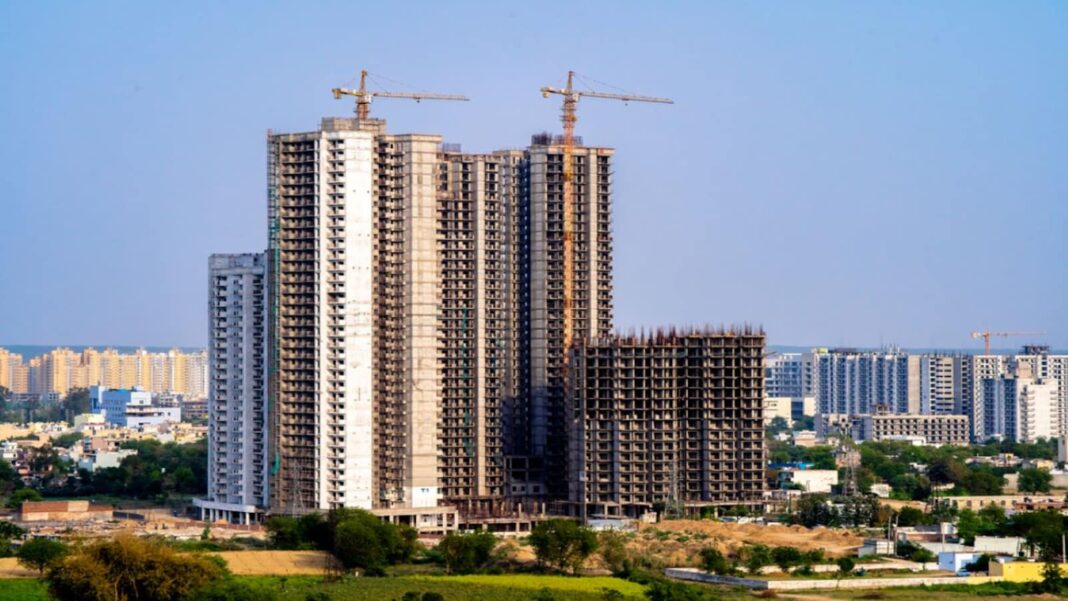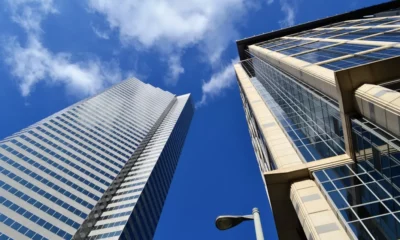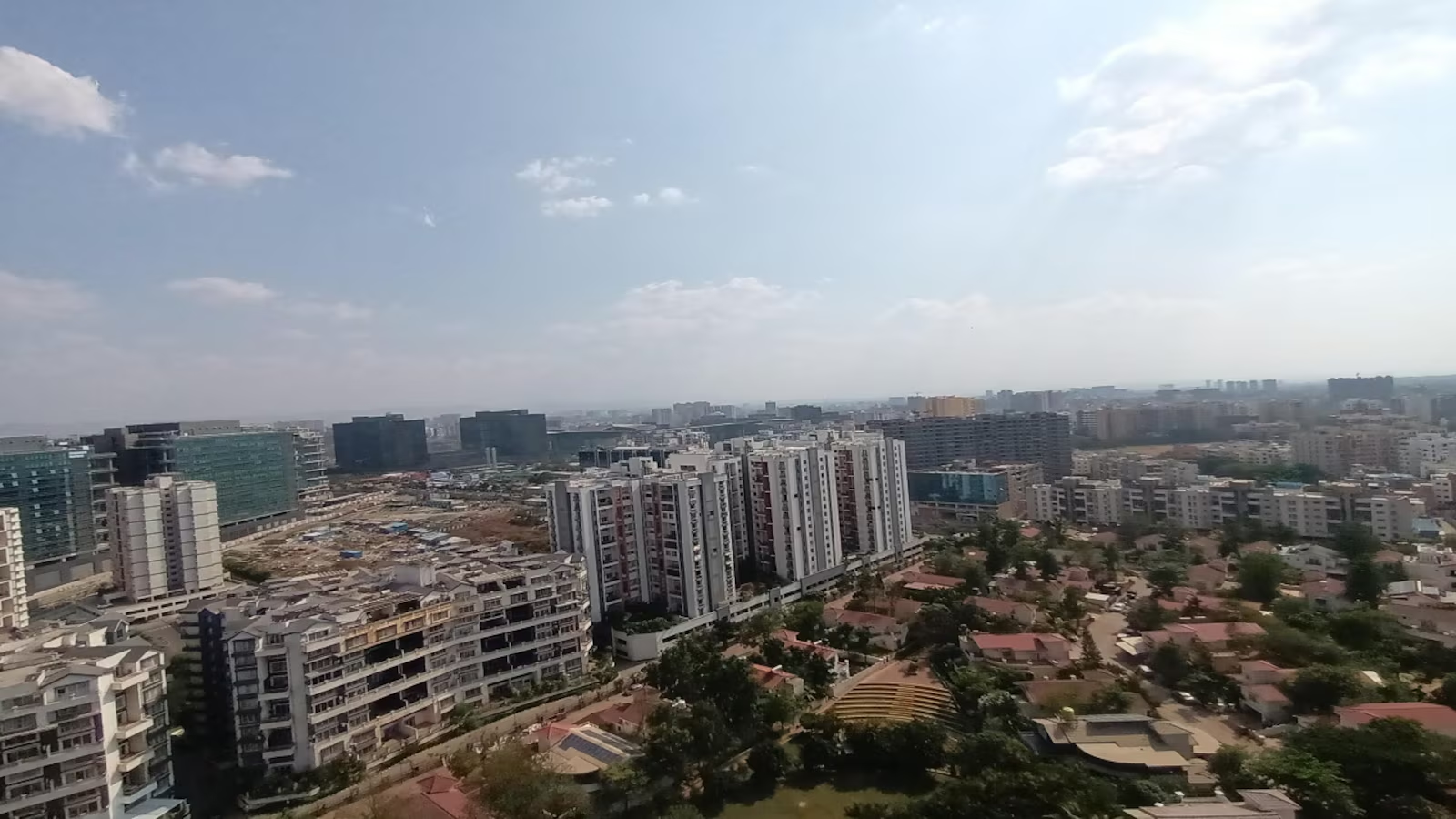Guest Column
Apt time to build Green Real Estate in India


By: Sanjeev Arora, Director, 360 Realtors


It will be an understatement to believe that India is yet not ready for green real estate. Though green buildings still constitute 5% of the overall real estate stocks in India, it is growing at an accelerated pace. CBRE study has suggested that green buildings have increased by 37% over the past 5 years. The South Asian economy is counted amongst some of the biggest green real estate markets in the world. Both Indian developers, as well as home buyers (and office occupiers), realize the importance of going green.
The Indian government, both at the central as well as state levels is taking proactive steps to spur the adoption of green and sustainable technologies. Governing agencies and regulatory bodies are promoting solar energy panels, rainwater harvesting, and wastewater management in residential, commercial, and other institutional buildings.
The central government offers subsidies of up to 30% on the installation of solar power panels on rooftops. Likewise, at a state level as well as, there are similar lucrative schemes. In the state of Tamil Nadu, the government offers a subsidy of 25% (upper limit of Rs 1 crores) during the installation of protective and sustainable infrastructure.
Meanwhile, there is a pressing need to build more sustainable real estate in India through both fiscal and non-fiscal initiatives. Real estate contributes to close to 40% of greenhouse emissions, so it’s important in India’s combat against global warming.
The government in India should think more about discounts, subsidies, tax breaks, GST rate optimization, lowering of import duty on green imports, etc. Likewise, it should also work towards building higher capabilities in the areas pertaining to sustainable technology development and research. Fostering of private and public sector cooperation in the area should be promoted which can eventually help in deploying value-driven innovation with a focus on cost-lowering as well. After all, the objective of green development can’t sustain without putting a framework for better research, innovation, and product deployment.
A Long-term Investment
Though the initial cost of such homes is higher, they save money in the long run by inducing energy and water consumption. These buildings use plenty of water management technologies, rainwater preservation, sewage treatments, small fixture pipelines, etc. that can help in conserving water resources. It is estimated by adopting such methods, these buildings will reduce water conservation to the tune of 30-50%.
Likewise, they employ smart solutions to preserve energy and adopt sensors to optimize power consumption. They also utilize nonconventional energy sources such as solar power to some extent, which helps in reducing the reliance on conventional energy. It is believed that green buildings can help in reducing energy tariffs by around 20-30%.
Thus, in the longer run the incremental cost incurred in a green building can be recovered. Another benefit of green buildings is better health and wellness of inhabitants. As such projects prefer the use of renewable and recyclable materials and abstain from toxic and hazardous substances, they ensure better health and well-being of the inhabitants. This fits in perfectly with the new-age health-conscious consumers of India.
Green is not just a fad but a cornerstone to India’s objective of achieving a net zero carbon emission by 2050. Hence, government, private parties including developers, R&D institutes, and regulatory bodies, all need to work in tandem for the same.
-



 News4 weeks ago
News4 weeks agoKW Delhi 6 Mall Onboards New Brands
-



 News4 weeks ago
News4 weeks agoCommercial Realty Gets Tech Savvy: Fast Construction, Enhanced Convenience
-



 News3 weeks ago
News3 weeks agoGodrej Properties Sells Rs 3k cr+ Homes of Godrej Zenith, Gurugram, within 3 days
-



 News3 weeks ago
News3 weeks agoRBI’s Status Quo on Key Policy Rates to Help Maintain the Real Estate Growth Momentum, Say Industry Stalwarts
-



 News2 weeks ago
News2 weeks agoOlive Announces Dhruv Kalro as Co-Founder
-



 News1 week ago
News1 week agoNoida’s High-Rise Societies Face Multiple Challenges Despite Rapid Urban Growth
-



 News3 weeks ago
News3 weeks agoGodrej Properties Sells 5000+ Homes of Rs 9.5 cr in Q4FY24, Bookings up 84% YoY
-



 News2 weeks ago
News2 weeks agoVestian: Domestic Investors Dominate Institutional Investments in Jan-Mar’24

















